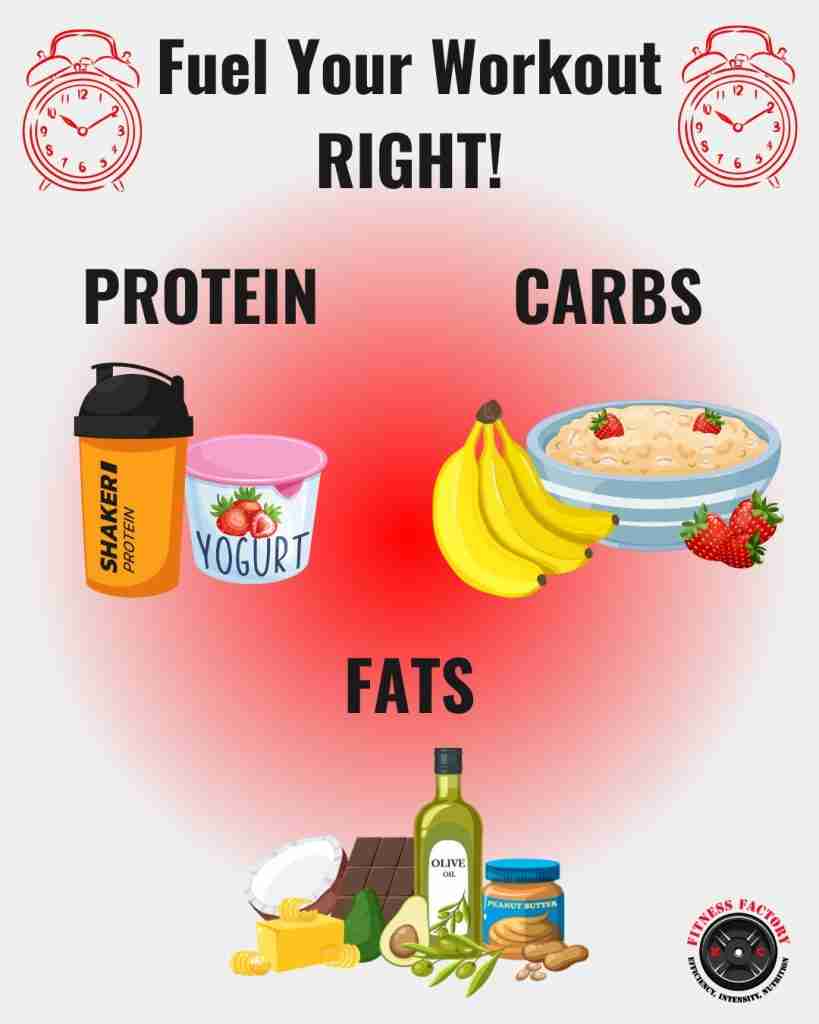The quest for building muscle often leads us down paths paved with protein shakes and complicated diets, but the fundamental question remains: which food truly fuels muscle growth? Understanding the precise nutrients required and identifying their sources is crucial for optimizing your training and achieving your desired physique. It’s not simply about consuming vast quantities; it’s about strategically incorporating the right building blocks into your daily meals. Therefore, let’s delve into the world of food and uncover the best options for muscle building.
The Cornerstone: Protein
Protein is the undisputed king when it comes to muscle growth. It’s composed of amino acids, the very building blocks that repair and rebuild muscle tissue after exercise. Without adequate protein intake, your body simply cannot effectively recover and grow, regardless of how intense your workouts are.
Top Protein Sources:
- Lean Meats: Chicken breast, turkey, lean beef. These are excellent sources of complete protein, meaning they contain all nine essential amino acids.
- Fish: Salmon, tuna, cod. Not only are they rich in protein, but they also provide healthy omega-3 fatty acids, beneficial for overall health and recovery.
- Eggs: A complete protein powerhouse, eggs are versatile and readily available.
- Dairy: Greek yogurt, cottage cheese, milk. Dairy products offer a combination of protein and calcium, crucial for bone health.
- Plant-Based Options: Lentils, beans, tofu, quinoa. These are great alternatives for vegetarians and vegans, although combining different sources is often necessary to ensure a complete amino acid profile.
Beyond Protein: Essential Supporting Nutrients
While protein is the star of the show, other nutrients play vital supporting roles in the muscle-building process. Ignoring these can hinder your progress.
Key Nutrients and Their Sources:
- Carbohydrates: Provide energy for workouts and help replenish glycogen stores, aiding in muscle recovery. Sources include whole grains (brown rice, oats), fruits, and vegetables.
- Healthy Fats: Essential for hormone production, which plays a role in muscle growth and overall health. Sources include avocados, nuts, seeds, and olive oil.
- Vitamins and Minerals: Crucial for various bodily functions, including muscle contraction and recovery. A balanced diet rich in fruits and vegetables will provide a wide range of these essential micronutrients.
Putting It All Together: Sample Meal Plan
Creating a well-balanced meal plan ensures you’re consistently providing your body with the nutrients it needs to build muscle. Here’s a sample plan:
Breakfast: Oatmeal with berries and nuts, protein shake with banana.
Lunch: Grilled chicken salad with mixed greens, avocado, and a light vinaigrette.
Dinner: Baked salmon with roasted vegetables (broccoli, sweet potatoes).
Snacks: Greek yogurt with fruit, handful of almonds.
Understanding the Bigger Picture
Building muscle is a complex process that requires a holistic approach. It’s not solely about choosing the right foods; it also involves consistent weight training, adequate rest, and proper hydration. Consider this table for a helpful comparison of common protein sources:
| Food Source | Protein per 100g (approx.) | Other Benefits | Considerations |
|---|---|---|---|
| Chicken Breast | 31g | Lean protein, readily available | Preparation methods can impact fat content |
| Salmon | 20g | Omega-3 fatty acids, good source of Vitamin D | Can be more expensive than other options |
| Greek Yogurt | 10g | Probiotics, calcium | Check sugar content |
| Lentils | 9g | High in fiber, plant-based protein | Requires combination with other protein sources for a complete amino acid profile |
THE ROLE OF TIMING AND FREQUENCY
Beyond selecting the right foods, the timing and frequency of your meals can significantly impact muscle protein synthesis. Spreading your protein intake throughout the day, rather than consuming the majority in one large meal, is generally considered more effective. Aim for 3-5 meals or snacks per day, each containing a substantial amount of protein. Consuming protein shortly after a workout is also crucial to replenish amino acids and kickstart the recovery process.
PRACTICAL TIPS FOR MEAL TIMING:
– Pre-Workout: A small meal or snack containing carbohydrates and a moderate amount of protein 1-2 hours before your workout. This provides energy and amino acids to fuel your session. Examples include a banana with peanut butter or a protein shake with a piece of fruit.
– Post-Workout: Consume a protein-rich meal or shake within 30-60 minutes after your workout to maximize muscle recovery and growth. Whey protein is a popular choice due to its rapid absorption.
– Throughout the Day: Distribute your remaining protein intake evenly across your other meals and snacks. Don’t skip meals and ensure each one contains a source of high-quality protein.
HYDRATION: THE UNSUNG HERO
Water is essential for virtually every bodily function, including muscle growth and repair. Dehydration can impair protein synthesis, reduce energy levels, and increase the risk of muscle cramps. Aim to drink plenty of water throughout the day, especially before, during, and after workouts. The exact amount of water needed varies depending on individual factors such as activity level, climate, and body weight, but a general guideline is to drink at least half an ounce to one ounce of water for each pound of body weight per day.
RECOGNIZING DEHYDRATION:
– Thirst
– Dark urine
– Fatigue
– Headache
– Muscle cramps
ADDRESSING INDIVIDUAL NEEDS AND PREFERENCES
It is important to note that dietary needs and preferences vary from person to person. Factors such as age, gender, activity level, and dietary restrictions (e.g., vegetarianism, veganism, allergies) should be considered when designing a muscle-building diet. Consulting with a registered dietitian or sports nutritionist can provide personalized guidance and help you create a meal plan that meets your specific needs and goals. They can assist in optimizing your nutrient intake to maximize muscle growth and overall health.
Ultimately, the food you select should be aligned with your lifestyle and dietary requirements while ensuring that you are receiving all the necessary nutrients for optimal muscle development. Paying attention to these details will enhance your ability to build and maintain muscle mass effectively.







